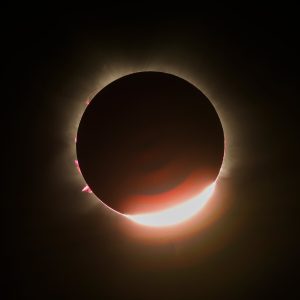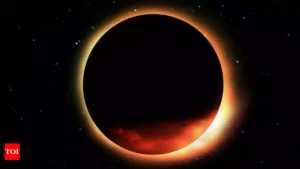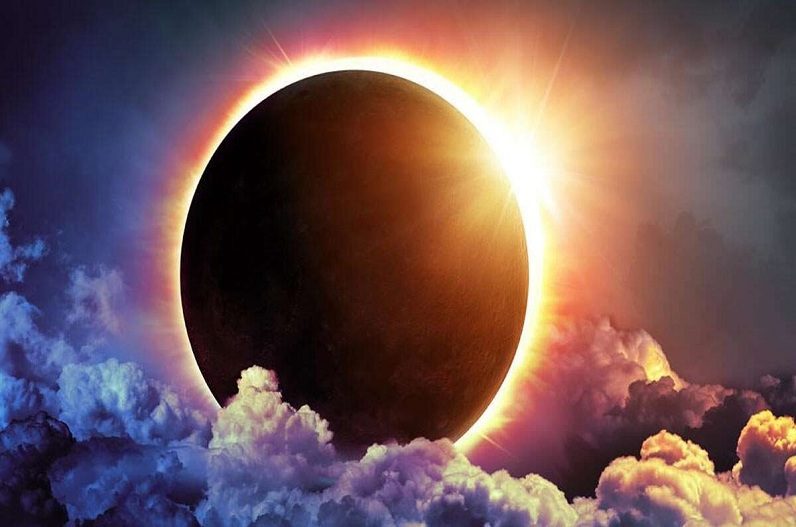Solar Eclipse 2024, the eagerly anticipated celestial event, is set to unfold today (April 8, 2024, Monday), marking the inaugural solar eclipse of the year. As anticipation builds, enthusiasts across the globe are gearing up to witness this captivating spectacle.
A solar eclipse is a captivating astronomical occurrence wherein the Moon positions itself between the Earth and the Sun, causing partial or complete obstruction of the Sun’s light.

When the Moon used to come between the Sun and the Earth, it forms a shadow on the Earth’s surface, resulting in the partial or total coverage of the Sun’s light in specific areas. Such occurrences are infrequent due to the Moon’s orbit not aligning perfectly with the Sun and Earth. These moments of alignment are termed eclipse seasons, happening twice annually.
The solar eclipse of April 8, 2024, that is today, is poised to be a noteworthy one, with a duration extending over 4 hours and 25 minutes.
India’s first space-based solar observatory, Aditya L1, designed by the Indian Space Research Organization (ISRO), continuously studies the Sun but cannot observe the total solar eclipse on April 8, 2024. The eclipse, a rare event visible over vast swaths of North America, has sparked excitement, with various events planned to witness the celestial phenomenon.
For the first time in almost a century, the western and northern parts of New York State will experience a total eclipse. The path of totality, a narrow stretch where the Moon obscures the Sun entirely, tracks across cities, captivating the USA.

This solar eclipse will not occur in India. Reports are suggesting a similar solar eclipse was witnessed back in 1971. This upcoming event is anticipated to see the Moon blocking the Sun for an extended period, resulting in the sky darkening for about 7.5 minutes. In areas where the eclipse can be seen, there may be a nocturnal atmosphere during the daytime.
The United States’ space agency, NASA, has announced that a total solar eclipse will traverse North America on April 8 8, 2024, passing through Mexico, the USA, and Canada. This solar phenomenon will also be observable from various locations, including Western Europe, the Pacific and Atlantic regions, the Arctic, Mexico, North America, Central America, the northern part of South America, Canada, and the Northwest region of England and Ireland.
















